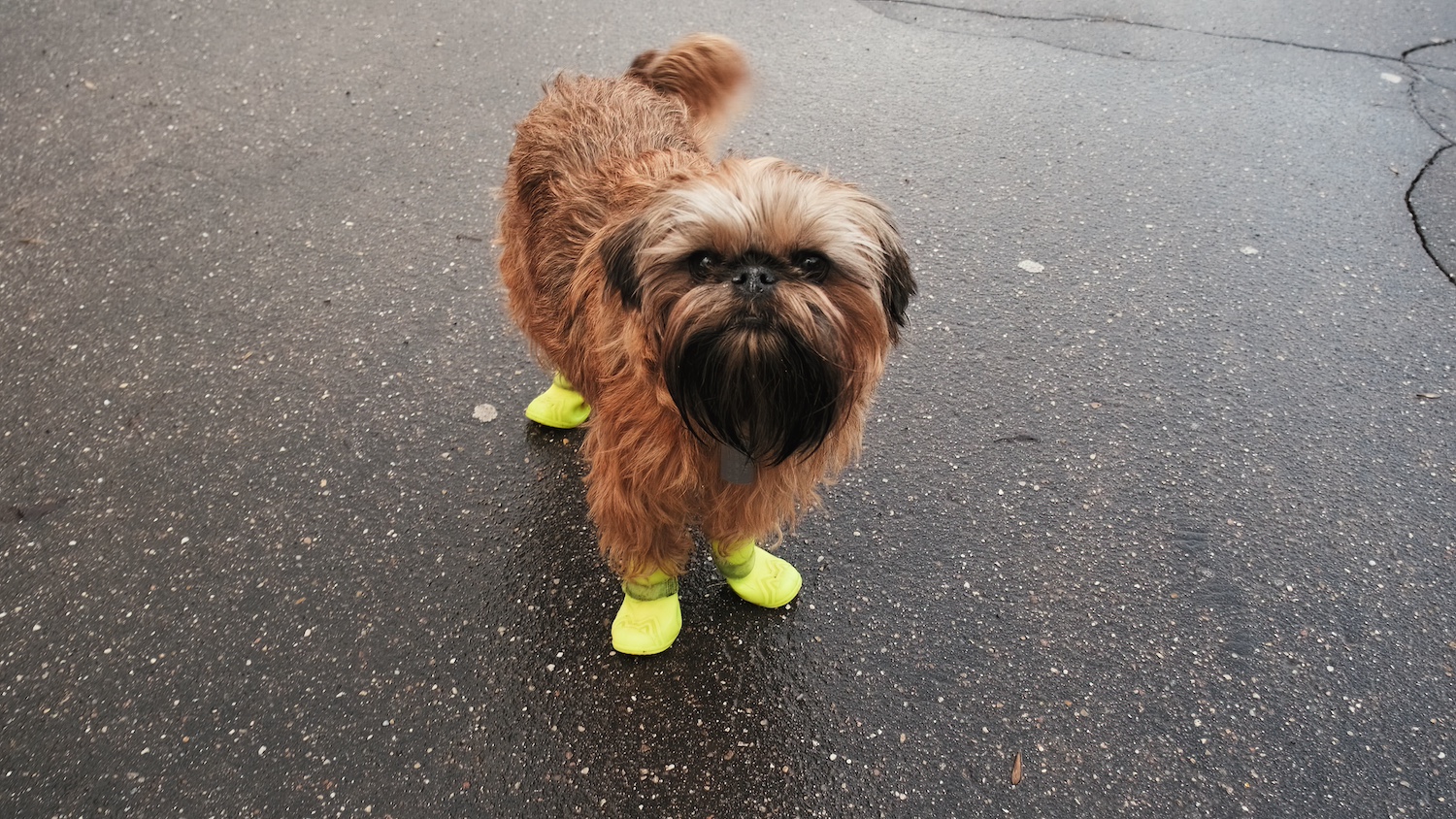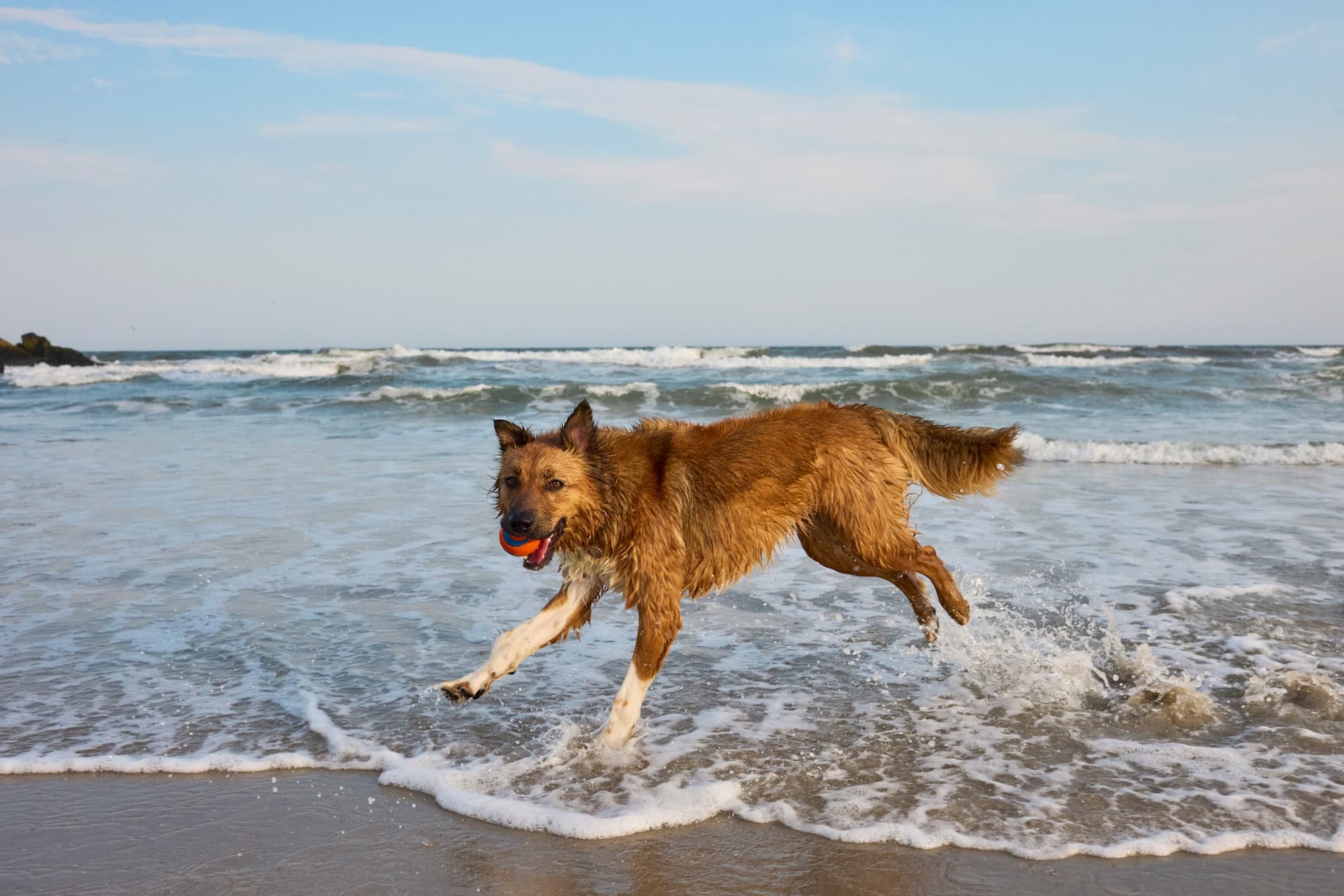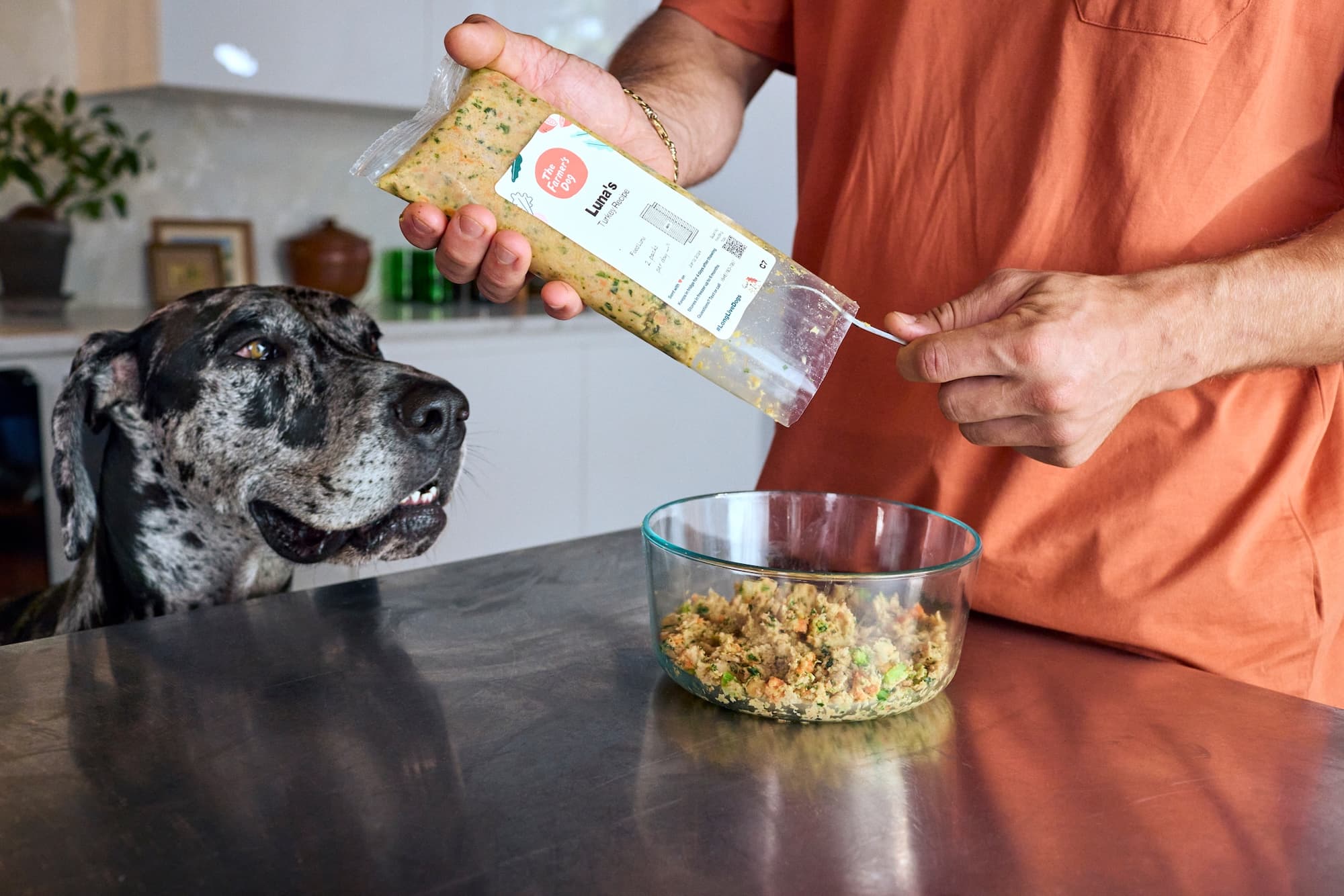Many people love the flavor of salty foods, but you shouldn’t feed your dog table salt or human food that’s seasoned with salt.
While some amount of salt is essential to the healthy functioning of a dog’s body, they’ll get enough from their complete and balanced food. Salty human foods aren’t good for dogs, and it’s very dangerous for your dog to consume salt water, paintballs, homemade play dough, table salt, or the salt that’s used to melt ice on roads. If they consume one of those substances, bring them to the vet immediately. Here’s more information about salt and the impact it can have on a dog’s health.
Basic info on salt
Salt is a mineral that occurs in nature and has many functions—including in food, where it’s long been used for flavor and as a preservative. A little bit of salt is essential; too much is dangerous.
Can salt be good for dogs?
Humans, dogs, and other animals need to consume a certain amount of salt to remain in good health, but too much salt is unhealthy. Some salty foods that people generally tolerate can cause serious issues for dogs, and it’s best not to feed dogs seasoned human foods.
How much salt can a dog eat?
If your healthy dog gets one bite of your French fry or potato chip, don’t panic. These kinds of fried, salty foods aren’t good for dogs, but a small bite isn’t likely to cause harm. Just make sure they have plenty of water to drink, and watch for any unusual behavior.
But don’t intentionally feed your dog any human foods with added salt—they should get enough salt from the complete and balanced dog food they’re eating.
And never let your dog lick road salt (which they can get straight off of the street, or while licking their paws), drink ocean water, eat paintballs or homemade play dough, or get into a package of table salt. If any of these happen, call your veterinarian immediately.
What are the risks of a dog eating too much salt?
When a dog consumes too much salt, they’re at risk of a condition called salt toxicosis, or hypernatremia. This condition comes on quickly, and can cause lethargy, excessive thirst and urination, vomiting, diarrhea, muscle tremors, and seizures. Salt toxicosis is a life-threatening emergency—if your dog shows any signs of the condition, get them to your veterinarian right away.

Are any dogs at higher risk of salt toxicosis?
Because the dangers of salt depend on the dose, smaller dogs are at a greater risk of becoming ill from accidentally eating a tiny amount of it. According to the American College of Veterinary Pharmacists, the very smallest Chihuahuas or teacup Yorkies could suffer serious harm from as little as 1/20 of a tablespoon of salt, while a St. Bernard might be able to tolerate four tablespoons.
Certain health conditions, like heart and kidney disease, also predispose dogs to harm from salt.
What should a person do if their dog eats too much salt?
If your dog has too much salt, don’t try to handle the situation yourself; call a vet right away. Salt toxicosis can be fatal, and progresses quickly. The sooner a dog gets treatment, the better their chances of survival and a full recovery.




